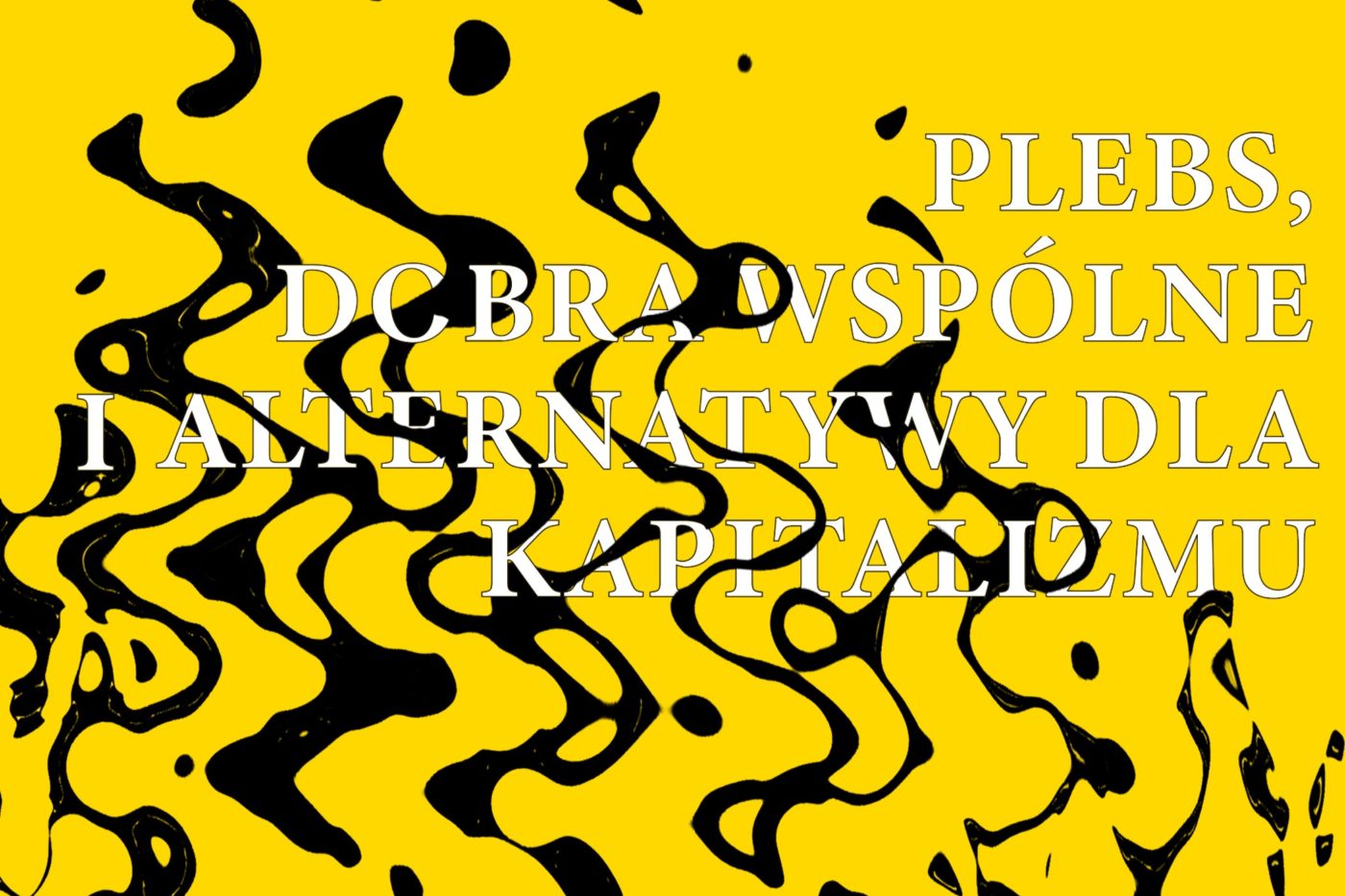Alternative visions and practices of progress on the 19th century European periphery
Marta Petrusewicz

The seminar will be held on Zoom. Registration required (open until 21.04.2021) via the application form on our website. We will e-mail the link to the meeting to registered participants. After the lecture, we are planning a discussion which will be streamed on our Facebook and YouTube channels, as well as recorded and archived on YouTube and in Resources on our website. If you don’t consent to making your image public, we ask you to keep your camera and microphone off throughout the entire event. You can send your questions on the chat. Leaving your camera and microphone on will be considered a permission to use your image impliedly. We encourage everyone to join the discussion.
For a long time we have known that the capitalist system was not born in the 19th century – it could have been the 15th century, at the beginning of the European world-system, or in the 17th, with the affirmation of the free competition system and proto-industry, resulting from the general crisis, or in the 18th, with the dawn of the industrial revolution. Nonetheless, the dominant narrative in historiography derives capitalism from the French Revolution and connects it to the triumph of the bourgeoisie and a specific understanding of freedoms.
In fact, the nature of the golden age of the capital, as Eric Hobsbawm called it, has not been fully determined until the 1870s. Across entire Europe, and especially in its peripheral regions, another model of modernization was triumphant at the time – one based on the rejection of cruelty of the “Manchester civilization” and seeking development alternatives based on harmony – class harmony, social harmony, harmony between nature and enterprise, in accordance with the natural purpose of a territory. On the largely agricultural continent, harmonious modernization had to begin with farming. Advocates of such visions and practices were landed gentry who realized opportunities, both economic and for the survival of their own class, offered by the post-Napoleonic economy, on the condition of self-modernization. The theoretical inspiration of this alternative vision was Adam Smith, but according to the interpretation of the “natural course of things,” seconde manière, popularized at the time by Sismondi. It was a conservative-liberal vision which not only enjoyed the support of literary circles, but it also often intersected with the consideration of the so-called “utopian socialists”.
The model of harmonious modernization and progress will be discussed on the example of four peripheral countries: Poland in the east, Norway in the north, Ireland in the west and the Kingdom of the Two Sicilies in the south.
| Data | Czas | Tytuł | Miejsce | Wstęp |
|---|---|---|---|---|
|
April 22 2021
, 18:00
Thursday
|
18:00 |
Alternative visions and practices of progress on the 19th century European peripheryLive on Facebook
|
Internet | Registration is closed |